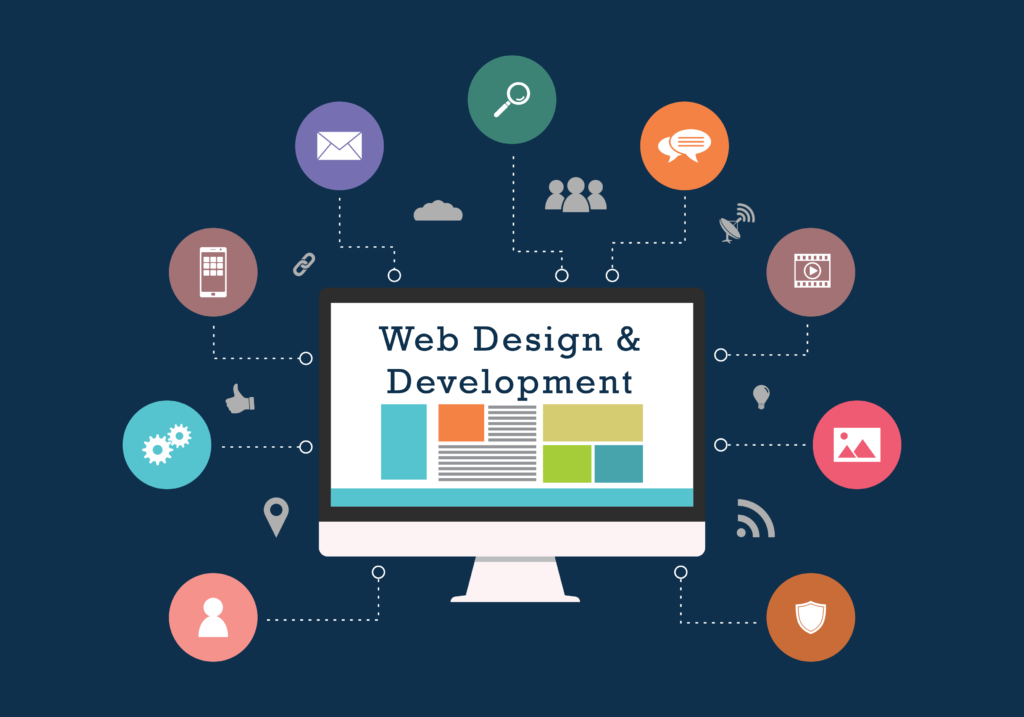An Introduction to React Native
React Native is a cross-platform mobile development framework that allows developers to build native mobile apps for both iOS and Android platforms using the same codebase. It was developed by Facebook in 2015 and has gained immense popularity among mobile app developers due to its robust features and ease of use. In this blog post, we will explore the basics of React Native, its benefits, and how it differs from other mobile app development frameworks. What is React Native? React Native is a JavaScript-based framework that allows developers to build mobile apps using the same principles as React. It uses a declarative programming style, meaning developers write down what the app should do, and the framework handles the backend of how the app should do it. Why Use React Native? React Native has several benefits that make it an attractive option for mobile app development. Firstly, it allows developers to build native apps for both iOS and Android platforms using the same codebase, which results in significant cost savings. Secondly, it has a large community of developers, with more than 90,000 stars on Github, making it easy for developers to find support and solutions to common problems. Finally, it provides developers with pre-built components that can be used to build UIs quickly, making the development process more efficient. How Does React Native Differ from Other Mobile App Development Frameworks? React Native differs from other mobile app development frameworks in several ways. Firstly, it uses a declarative programming style, whereas other frameworks use an imperative programming style, which leads to more concise and modular code. Secondly, it uses JavaScript, a popular and accessible programming language that many developers are familiar with, making it easier to learn for developers who are unfamiliar with native iOS or Android app development. Finally, it has the advantage of being a cross-platform framework, meaning that the same codebase can be used to build apps for multiple platforms, reducing the need for developers to write platform-specific code. To learn more about development frameworks click here. Key Components of React Native There are three key components of React Native: JavaScript, React, and Native. JavaScript is the language used to write the codebase, while React is the library for building user interfaces. Finally, the Native component is responsible for handling any platform-specific code necessary to ensure that the app looks and performs correctly on both iOS and Android devices. Best Practices When Building React Native Apps When building React Native apps, there are several best practices that developers should follow. Firstly, it is important to keep the UI simple and avoid using unnecessary animations or graphics that may slow down the app’s performance. Secondly, it is advisable to use pre-built components as much as possible to reduce the need for custom code, which can lead to inconsistencies across platforms. Finally, it is essential to test the app on multiple devices to ensure that it performs correctly and looks consistent on all screen sizes. Learn more about React Native at https://inbornstudio.com/ Conclusion: In conclusion, React Native is an excellent option for developing mobile apps due to its cross-platform capabilities, ease of use, and large developer community. It offers several benefits over other mobile app development frameworks, such as cost savings, a powerful declarative programming style, and pre-built components that can be used to build UIs quickly. With its steady growth in popularity, developers can expect to see more tools and resources available to simplify the development process even further.
An Introduction to React Native Read More »









